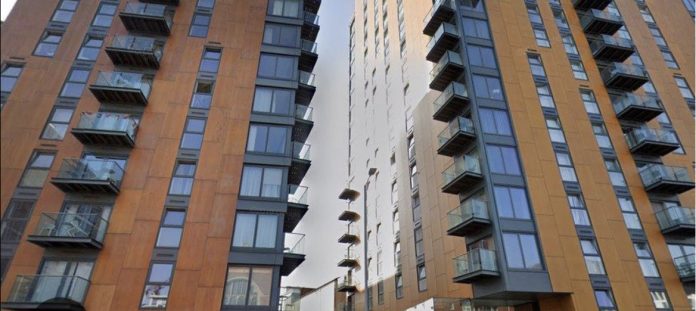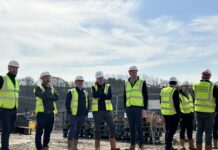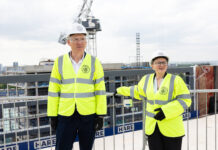A report out this morning has found that up to 60% of buildings with dangerous cladding have not yet been identified, and remediation for buildings within government’s portfolio is slow.
Modelling by Ministry of Housing, Communities & Local Government (MHCLG) modelling indicates an end date of 2035 for completing cladding remediation, but without published milestones, hundreds of thousands of residents have no idea when their building will be made safe.
The report has found that most leaseholders are now protected from remediation costs, however residents continue to suffer significant emotional and financial distress.
While building owners are responsible for fixing their buildings, engagement with government’s grant programmes is voluntary. As the NAO previously reported, incomplete building records, construction materials that differ from those on plans, and difficulties tracing owners can make identifying affected buildings difficult.
Seven years after Grenfell, 98% of estimated high-rise buildings (over 18 metres) with dangerous cladding are in the portfolio. Mandatory registration of high-rise buildings under the Building Safety Act 2022 is helping to identify any that remain.
The report found, in total, it will cost an estimated £16.6 billion to fix unsafe cladding on all buildings over 11 metres in England. MHCLG expects to provide £9.1 billion of this, with the remainder funded by developers who have agreed to remediate buildings they developed, private owners or social housing providers.
Gareth Davies, head of the NAO says
Seven years on from the Grenfell Tower fire, there has been progress, but considerable uncertainty remains regarding the number of buildings needing remediation, costs, timelines and recouping public spending. There is a long way to go before all affected buildings are made safe, and risks MHCLG must address if its approach is to succeed.
“Putting the onus on developers to pay and introducing a more proportionate approach to remediation should help to protect taxpayers’ money. Yet it has also created grounds for dispute, causing delays.
“To stick to its £5.1 billion cap in the long run, MHCLG needs to ensure that it can recoup funds through successful implementation of the proposed Building Safety Levy.”







